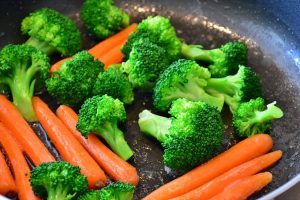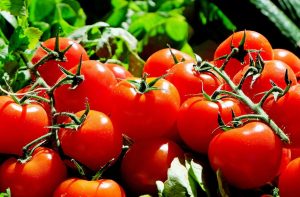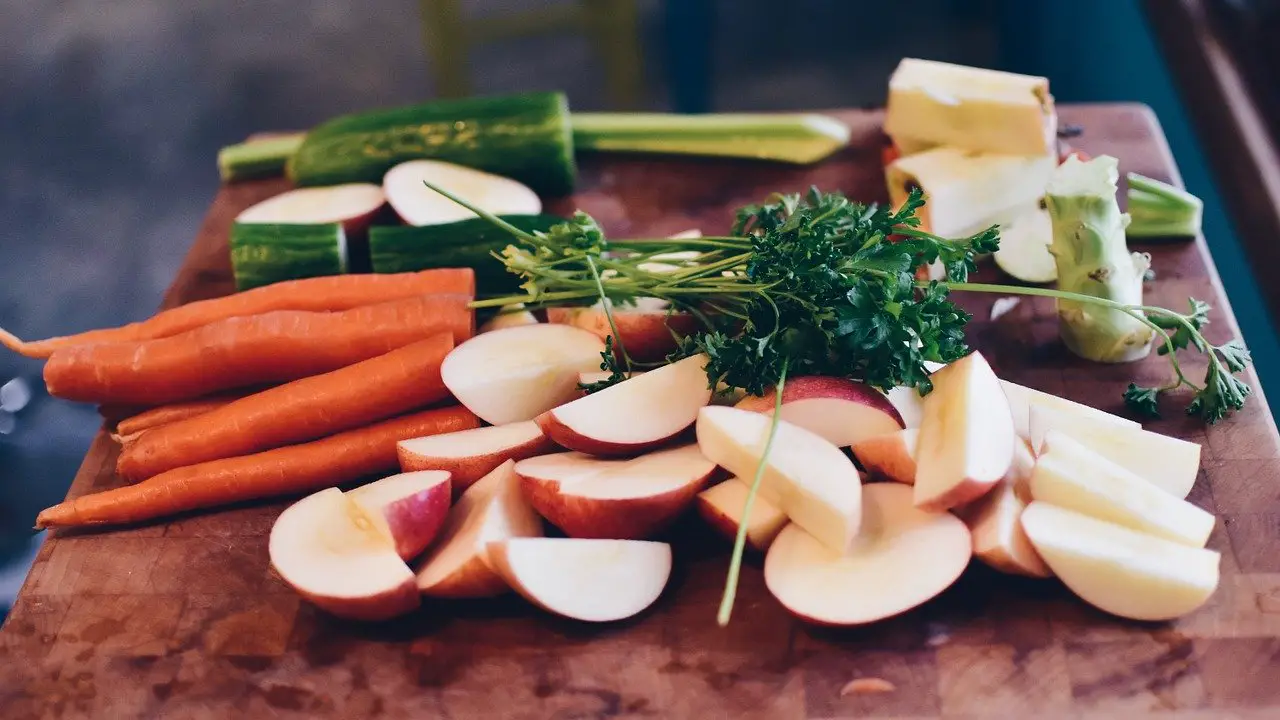Households account for 75 percent of society’s total food waste. Almost half of it is food that is unnecessarily thrown away, and which could instead have been eaten. So-called food waste. In other words, it is in our homes that we can make a big change.
Households produce hundreds of kilos of food waste, or per person and year. Food waste is, for example, shells, cores, meat bones, coffee grounds and tea leaves that are not considered human food.
Food waste is instead food that could have been eaten and thrown unnecessarily. Each person throws approximately 19 kilos of eatable food per person in the garbage each year. In addition, we pour 26 kilos of edible food and drinks from the bottle per person. In total, this accounts to 45 kilos of food waste. This means that we could almost halve our food waste in the home – if these 45 kilos of food waste were eaten up instead.
Today, there are no exact statistics on which foods we discard most and the volume which is not included in the research for various reasons is probably large.
1. Take advantage of what you have at home
Skip shopping one day, I promise there is food in some form in the fridge, freezer, and pantry. It’s just about being creative!
When the bananas start to look brown and sad, slice them and place them in the freezer. When you’re craving ice cream, mix it in a food processor and voilá, you’ve recycled the bananas for ice cream or smoothie.
After the taco evening, the tortilla bread can quickly be turned into pizza with a little tomato sauce, topping, and cheese.
For those who need inspiration, there are a number of apps that help you use what you have in your cabinets.

2. Everything is not garbage …
A great food waste tip is to take advantage of what you previously thought was food waste. The water from the can of chickpeas is a good example. This can be used in both cooking and baking. Chickpea water can be whipped to a hard foam and can then replace egg white. Also try a shovel from other beans – it works.
3. Frozen vs fresh
Frozen food has long had low status. Given food waste, the relationship should be the opposite. Frozen vegetables are high in nutrients and do not need to be transported by air. In addition, you usually eat everything in the packaging, which minimizes waste.
4. The role of packaging
Two researchers have done life-cycle analyzes on different packaging materials and can both confirm and punch holes in myths. They show how important it is not to buy larger packages than you need.
In addition, we should not always see plastic around food as an environmental pit. For example, cucumbers in plastic films provide a six-day longer shelf life in a refrigerator or refrigerator. A wrapped, eventually eaten, cucumber is more climate-smart than one that is thrown away.

5. Like the milk deliveries before
Recycling company Terracycle launches a new form of circular shopping in the US and France. Loop is the e-commerce platform that will deliver food and beauty products home to the door in refill packs. It works much like the milk deliveries in the old days. A courier delivers to the door and at the same time picks up the refill packs that are washed and goes back for refilling at the manufacturer. The return of a package can also trigger a new order of the same item.
6. The app that tells you how long the food lasts
Ovie is the app that tells you when it’s time to throw away food that has gone bad. The food is put in a package with the special sensor Smart Tag. You record what is in the box and when you press the sensor, the countdown starts. You can also get a notification to the phone when half the time has passed and when the food in the box is probably no longer possible to eat, the app also notifies it. This way, you can keep track of food that is about to go bad and eat it before it has done so.

